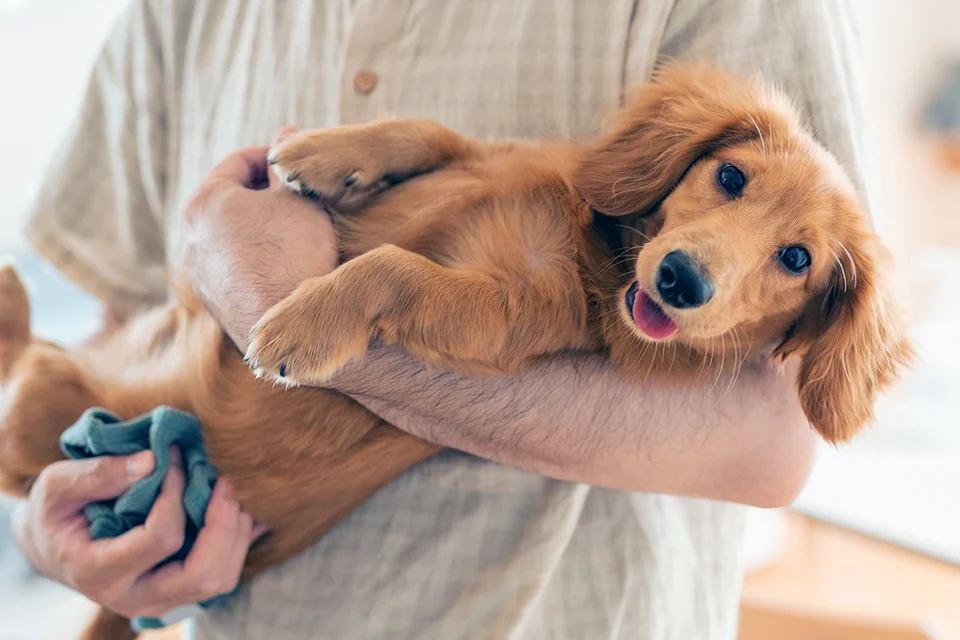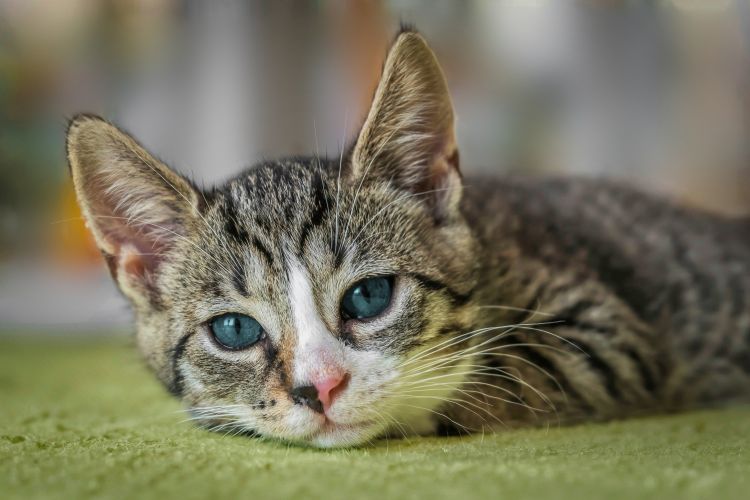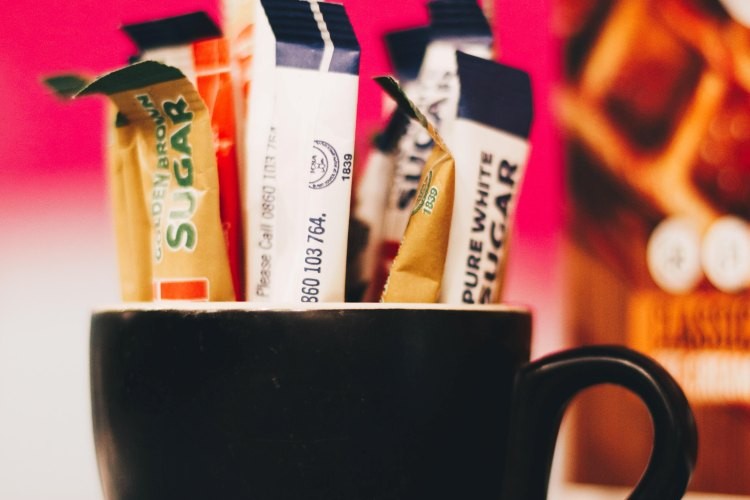Ready to help treat your pet to a healthy life?
What is Xylitol Anyway? Why it’s Bad for Dogs
By : Kathleen Crampton | Published Sep 23, 2025

While you’re probably aware that certain foods, like chocolate, avocados, grapes, and raisins, are dangerous to dogs, did you know that some of those sugar-free products you have lying around the house can be toxic, too? Many food, oral health, and even medicinal products that are low in or free of sugar contain a substance called xylitol, which is bad for dogs. But what is xylitol, and why can’t your pup have it?
Xylitol is a sugar alcohol that is found naturally in certain vegetables and fruits, like mushrooms and strawberries. The levels of xylitol found naturally in these plants are low, so the xylitol you’ll see listed on the nutrition label of some candies, gum, and baked goods is typically commercially processed from birch bark or a plant fiber called xylan. These food products use xylitol as a sugar substitute because it contains fewer calories than sugar and has a lower glycemic index (meaning less of a spike in blood sugar in the human body).
The dangers of xylitol for dogs
While humans can digest xylitol without the spike — and then crash — in blood sugar that accompanies real sugar, dogs aren’t as fortunate. But to understand why xylitol and dogs don’t mix, let’s first cover how your own body reacts to it.
Let’s say that you’re chewing on sugar-free gum that contains xylitol and your friend is chewing on gum that contains sugar. Your bodies recognize the difference between xylitol and sugar. Your friend’s body will react to the glucose in the sugar, their blood sugar will start rising (the sugar spike), then their pancreas will release insulin to help regulate the blood sugar (the sugar crash). Your body, on the other hand, will know that the sugar substitute is not glucose, experiencing a much lower rise and fall in blood sugar and less of an insulin release, if any at all. This is why xylitol is popular for many people with sugar sensitivities.
Dogs can’t process xylitol like humans can
Xylitol is highly toxic to dogs because dogs’ bodies have a hard time processing xylitol. When dogs ingest xylitol, their body can’t tell that it’s different from sugar. Because their body mistakes xylitol for sugar, the pancreas releases a lot of insulin — up to seven times the amount released when a dog ingests sugar. But because their blood sugar technically hasn’t spiked, the insulin rapidly depletes all the existing blood sugars. This leaves dogs in what’s called a hypoglycemic state, meaning that their blood glucose concentration is too low. Hypoglycemia can begin anywhere from 30 to 60 minutes from ingestion.
Even small doses of xylitol can instigate this process in the body, making it crucial for pet parents to ensure that any products containing this sugar substitute are kept out of reach from their dog.
Signs of xylitol poisoning/ingestion in dogs
The following are common signs of xylitol poisoning in dogs:
- Vomiting
- Physical weakness
- Staggering or lack of coordination
- Dizziness
- Lack of energy
- Seizures or tremors
- Unconsciousness
If you notice your pup exhibiting these signs, take them to the veterinarian or emergency animal clinic immediately. Severe cases or delayed medical attention may lead to a coma, liver failure, or even death. It’s crucial to seek care as soon as possible to get your dog the treatment they need.
What about xylitol and cats?

Current research shows that xylitol is not toxic to cats, likely because their bodies process the sugar substitute differently than dogs do. For example, in one 2018 study, researchers administered three different doses of xylitol to six healthy cats, then monitored their blood glucose levels over the course of three days. Although the dosage amounts were known to be toxic to dogs, they seemed to have little effect on the cats. Only the largest dose showed any significant change, but this change was still considered within the normal range.
Xylitol may not only be nontoxic to cats; it may actually help support their oral health. One study shows that adding xylitol to cats’ drinking water helped reduce plaque accumulation. That said, do not jump to give your cat anything with xylitol in it. While it might seem like a healthy addition for your cat, many items that contain xylitol still have a variety of other ingredients that can be very harmful to your furry friend’s health indeed. You still don’t want to take any risks, and, as always, be sure to consult your veterinarian to determine what’s safe for your feline friend.
Common food items that contain xylitol

Xylitol is commonly used as a sugar substitute (and, as you may have guessed, sugar also isn’t great for dogs’ health). If you’re concerned about bringing food products containing xylitol into your home, take precautions by keeping and eye out for the following items that often feature the ingredient:
- Sugar-free breath mints
- Sugar-free candies
- Sugar-free gum
- Sugar-free ice cream
- Sugar-free baked goods
- Toothpaste
- Mouthwash
- Cough drops
- Chewable vitamins
- Certain nut butters
- Over-the-counter medicines, like nasal sprays or laxatives
Pet parent tip: As you peruse the grocery aisles, look for products that say “sugar free,” “low in sugar,” or “reduced sugar” on the label. Even if the label doesn’t outright list xylitol on it, it could still be lurking in there.
Protect your pet against xylitol poisoning
Now that you have a solid understanding of “What is xylitol?” and “How toxic is it to my dog?” it’s time to learn the tips for ensuring that your pup doesn’t ingest this sugar substitute:
- Move any xylitol-containing products well out of reach of your dog. Don’t just assume that they won’t be able to access the item; make sure of it. Place these products high up in a cabinet or on a shelf.
- If your pup has a soft spot for peanut butter, make sure that it doesn’t contain xylitol. Always check the ingredients list before you buy.
- Only use puppy- or dog-safe toothpaste. Never brush your dog’s teeth with your own toothpaste.
While your own vigilance at home is crucial, it’s also important to support your efforts with dog insurance, which can help to cover the cost of care for unexpected accidents and illnesses. That way, your furry best friend can get the treatment they need and your budget is protected.
